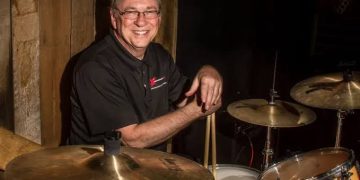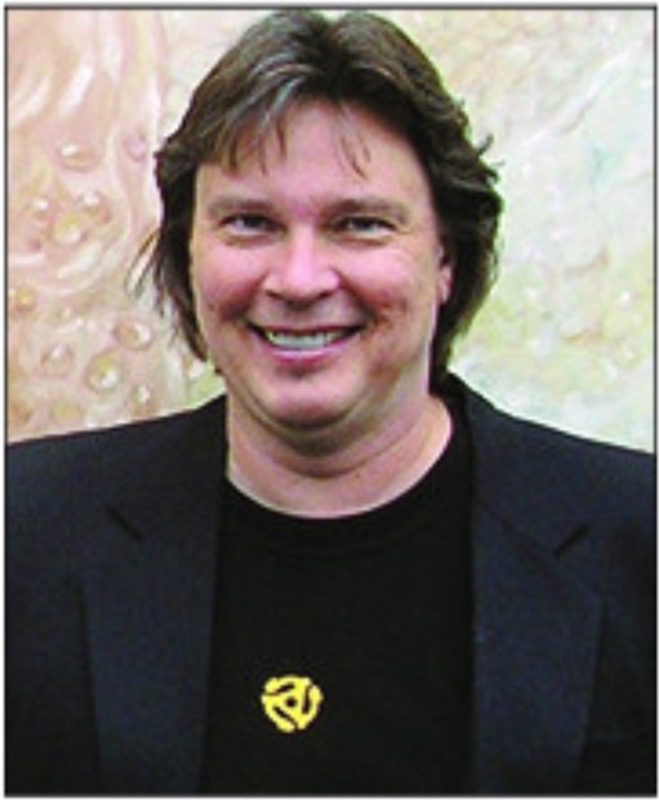 I first heard reference to the term OVO from Brendon Burchard, a high performance strategist and well respected business coach. I had been using the strategy for years, but I had never heard the acronym, “OVO.” Let me take a minute to explain OVO and its important role in today’s business climate. I will also give a few specific examples of how it works in my business. You can focus on any aspect of OVO at different times, and you will be best served by adding more Vs and Os along the way.
I first heard reference to the term OVO from Brendon Burchard, a high performance strategist and well respected business coach. I had been using the strategy for years, but I had never heard the acronym, “OVO.” Let me take a minute to explain OVO and its important role in today’s business climate. I will also give a few specific examples of how it works in my business. You can focus on any aspect of OVO at different times, and you will be best served by adding more Vs and Os along the way.
1. The first O in the acronym stands for Opt In.
Of the three letters, the first “O” may bring your business the toughest challenge.
The concept is simple: getting customers to opt in by collecting their e-mail addresses or getting them to interact on your social media pages. However, remember: asking and receiving are very different realities.
At one time or another, I’m sure you have been asked by a sales person, “Would you like your receipt emailed to you, or would you prefer a paper receipt?” I think by now most of us have figured out that no one who is asking that question is trying to save paper. The only agenda is to capture your email, and I am sure there are times that you choose not to give it. But let’s say today our asking worked and our email list is continuing to grow nicely. Now that we have these email addresses, we must be careful not to spam our way into losing them. We should always remember most of us are boutique- style businesses, and we win mostly by being clever, not bombastic. We want the customers to opt in, not opt out.
2. The V in the acronym stands for Value.
This is where Burchard is a master. His trick, while seemingly simple, takes his customers by surprise: He gives more than the customer expects. So we ask ourselves, “In the race to zero, how can I possibly give more?” The answer is if you don’t, your business won’t seem special or unique, and in today’s business climate of spam and My Pillow ads, small stores must stay unique.
Let me drill down on this and share some things that I personally do to bring an unexpected value to our customers. If I see a music student who is thriving, but perhaps is in need of some simple guidance (i.e. which music universities to consider.), I reach out to that family and offer to meet with them, and then I share personal time with them helping both the student and the parents decode the benefits and offerings of each music school. Our families know that as the owner of the business and a long time musician, I am networked to help them, and they have come to trust that I give more then they expect.
Another example: Since I am a drummer, if I see an advancing and curious bass student, I offer to help him develop a better understanding of the rhythm section’s relationship. If I have a slot that’s open in my schedule, I offer to meet with the student (gratis). We begin by dissecting bass lines and then play together. I take the time to send him musical examples that I think can address the unique musical problems that may be plaguing the student at that moment.
Another consistent practice we incorporate as a business is to coordinate specialists for our performance groups. This “value add” not only ultimately helps the students, but also helps our clinicians gain additional exposure, and that way they have the opportunity to net additional clients. All they have to do is be willing to give the unexpected value of some of their time and expertise and be willing to share. That way everyone benefits tremendously.
3. The last O in the acronym stands for Offer.
Once you have executed steps one and two properly, there is a payoff. In the process of adding unexpected value as a business and brand, you have now built trust with your clients. You are now in a position to offer extra services, products, and opportunities for additional customer engagement. This is the way a good business develops a family relationship and a lifetime customer. When you offer an unexpected “value add,” a customer is emotionally affected, and it is rare not to gain loyalty from good practices. When you make an offer to an engaged client, he will act on it more graciously because he trusts that you have his best interest in mind. Whatever business follows is conducted without a hard-sell; you are simply accommodating the customer’s needs.
In closing:
OVO: Opt-in, Value, Offer is a sound business philosophy. It takes patience, nuance, and wisdom to grasp the concept. But for us, it is the difference… it is the difference of breeding better musicians. It is the difference of a community embracing its trust in you. It is the difference in longevity. Most of all, it is the difference in the quality of experience, and that, my friend, is bankable.
Menzie Pittman is the owner and director of education at Contemporary Music Center in Virginia (CMC). Following a performance and teaching career spanning more than 32 years, he founded CMC in 1989 and continues to perform, teach, and oversee daily operations. He has 50 years of musical experience as a drummer and drum instructor. Menzie is a frequent speaker at NAMM’s Idea Center, and a freelance writer for MMR’s “Small Business Matters” column. He served on NAMM’s Board of Directors from 2012 through 2015 and currently oversees the curriculum for CMC’s performance venue @4410. In 2016 NAMM awarded Contemporary Music Center the “Dealer of the Year” award, the “Music Matters” award, and the “Best Sales and Promotion” award.
























